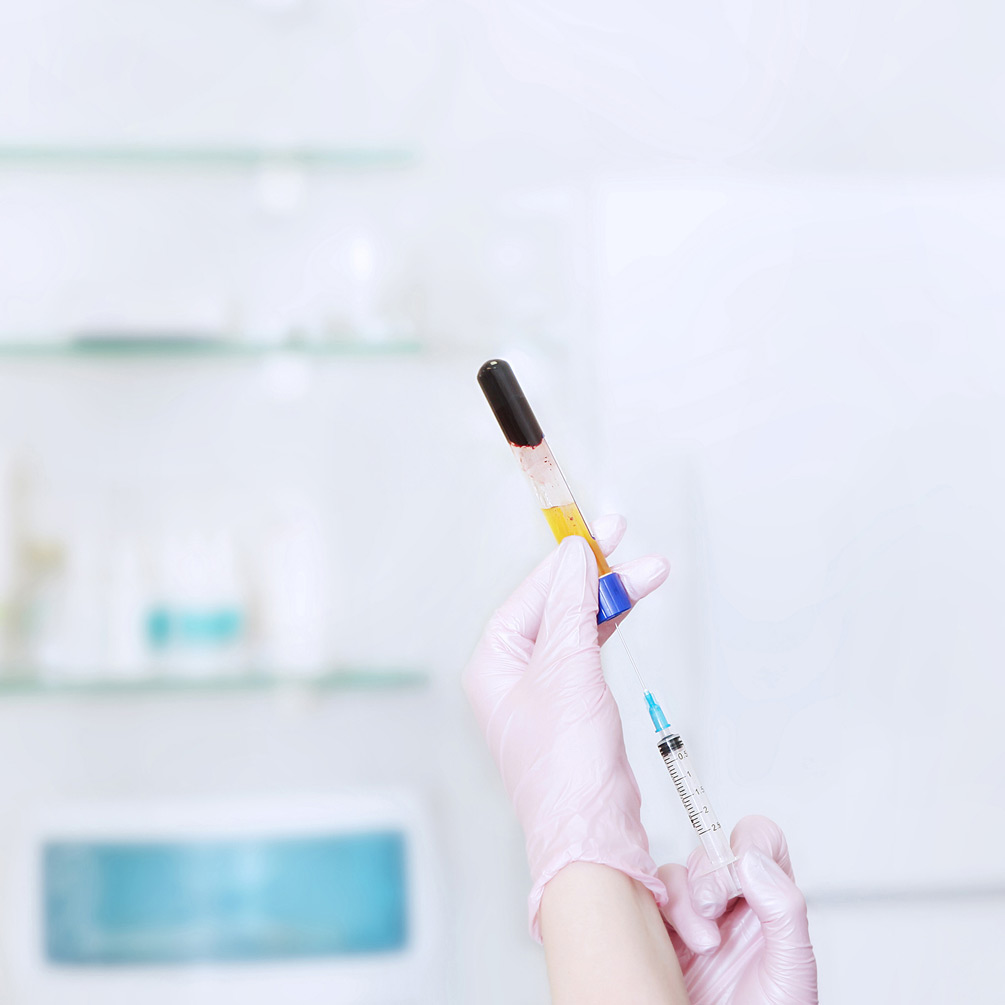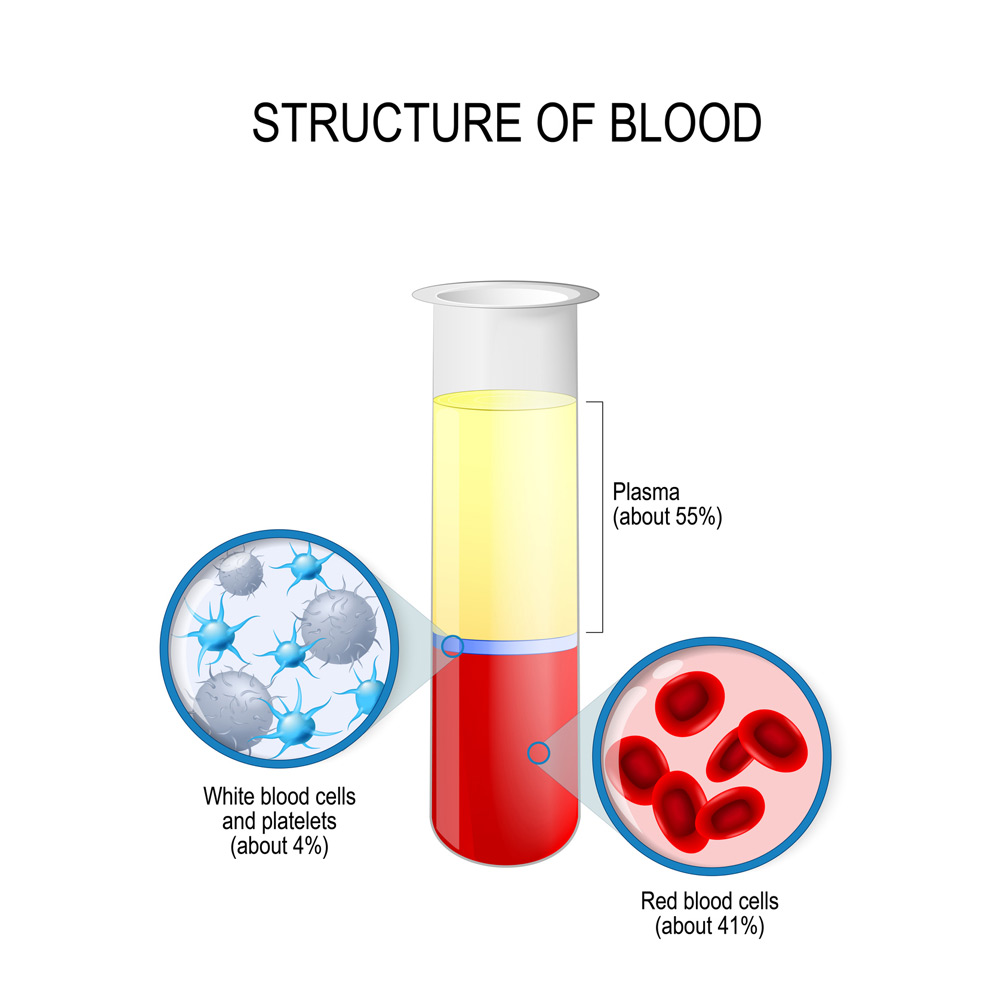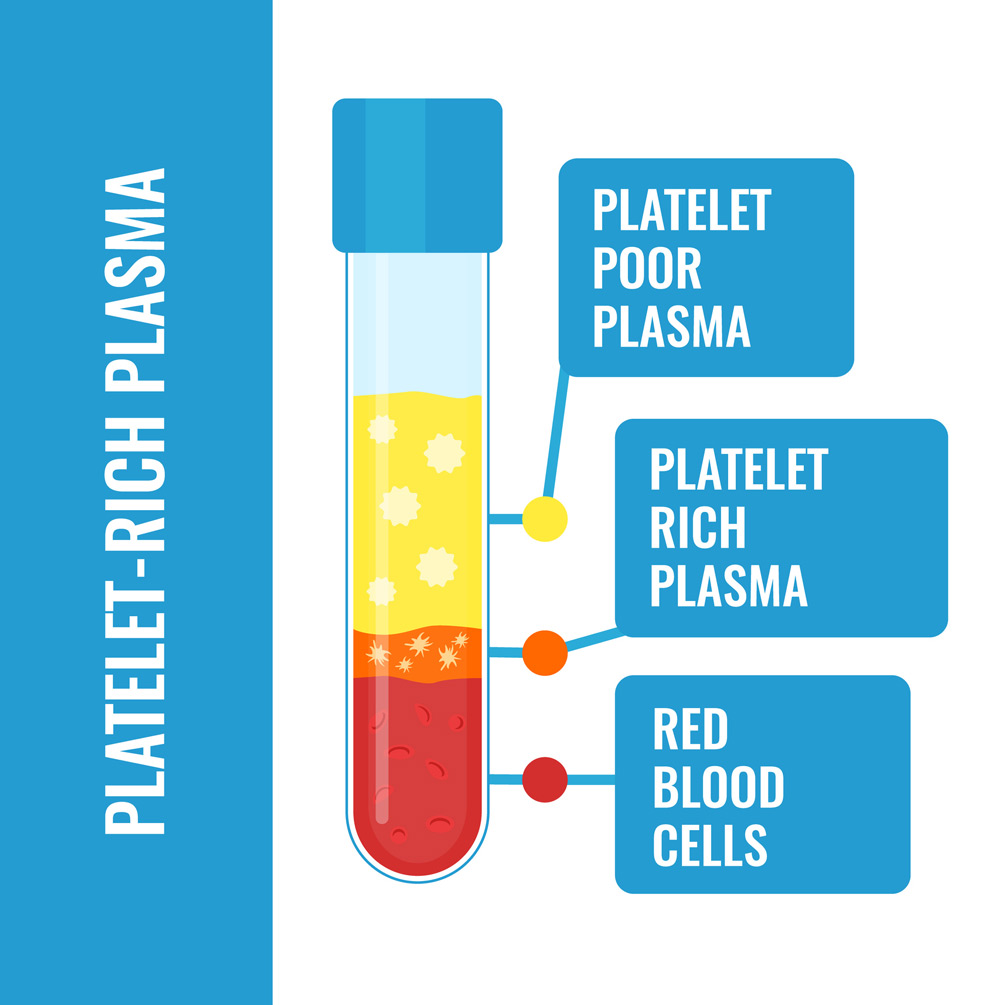
Platelet-rich plasma is a highly concentrated mixture of your own blood that has been shown to have noticeable and beneficial healing-enhancement capabilities.
Delivered in the form of an injection, this treatment is often used to help patients with soft tissues injuries, like those that can affect your shoulder. If you are not responding well to medication and other initial remedies for rotator cuff tears and similar injuries, you may be a good candidate for PRP injection shoulder treatment.
Types of Shoulder Pain That Can Be Treated
Platelet-rich plasma (PRP) is generally reserved for the treatment of painful soft tissue conditions or injuries. PRP injection shoulder treatment tends to produce better results when used on patients with shoulder arthritis, rotator cuff tears, and a condition known as biceps tendinitis. Prior to having injection treatment, you’ll undergo a thorough examination that includes a review of your medical history and symptoms. Image tests may be performed as well to confirm soft tissue damage is likely the source of your discomfort.


How PRP Injection Shoulder Treatment Works
With PRP injection shoulder treatment, your own blood is used to prepare a concentrated blend of plasma with high amounts of platelets, which are known for their role in the clotting process. Platelets also contain special proteins called growth factors that help with the healing of tissues in tendons, ligaments, muscles, and joints.
The collected PRP is injected directly into the affected part of your shoulder. Ultrasound imaging is sometimes used to guide the needle to ensure the right tissue is targeted. A local anesthetic may also be used to ease discomfort during the procedure. The number of injections you’ll need will depend on several factors. The main one is the source of your shoulder pain.
What You Can Expect After Treatment
Some research suggests PRP has a success rate as high as 80 percent when used for soft tissue injuries. However, relief is not immediate. This is because your body needs time to react to the PRP mixture. This process could take anywhere from weeks to months. But once relief is experienced because tissues have healed, the effect is long-lasting.
If relief is not sufficient for you after 2-3 months, you may be advised to have another PRP injection. This is likely to happen if you are showing signs of responding well to the PRP. It’s typical for patients to experience the maximum results of treatment after about 6-9 months. Suitable candidates for this procedure are generally individuals who meet the following conditions:
- Being otherwise health except for having a shoulder-related condition/injury
- Not having an unrelated condition that increase the risk of bleeding
- Having a willingness to participate in any recommended post-treatment therapy to help facilitate the healing and recovery process
The goal with PRP injection shoulder treatment is to treat the underlying source of your shoulder-related soft tissue pain. What this could mean is less reliance on pain medication that may have potential side effects associated with long-term use. You may also respond better to physical therapy and other aspects of your treatment, pain management, or recovery plan.

